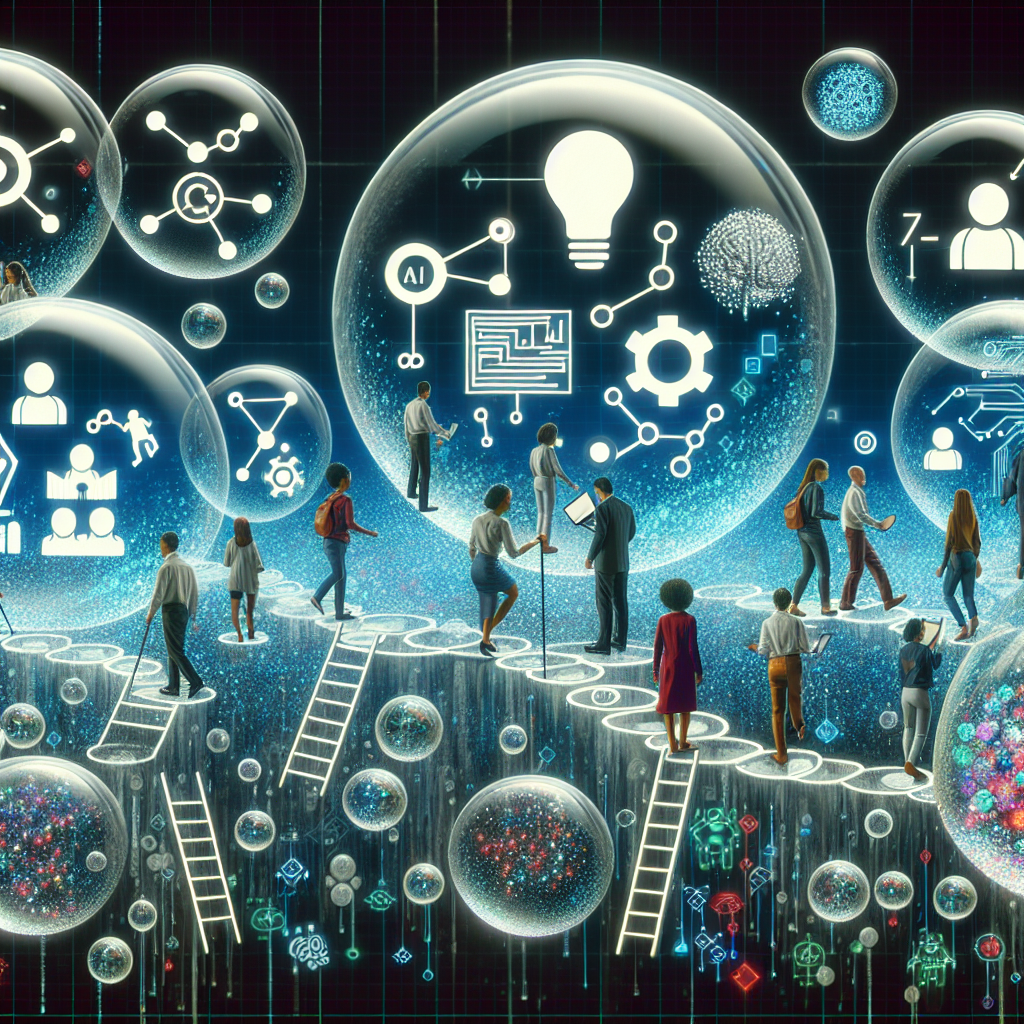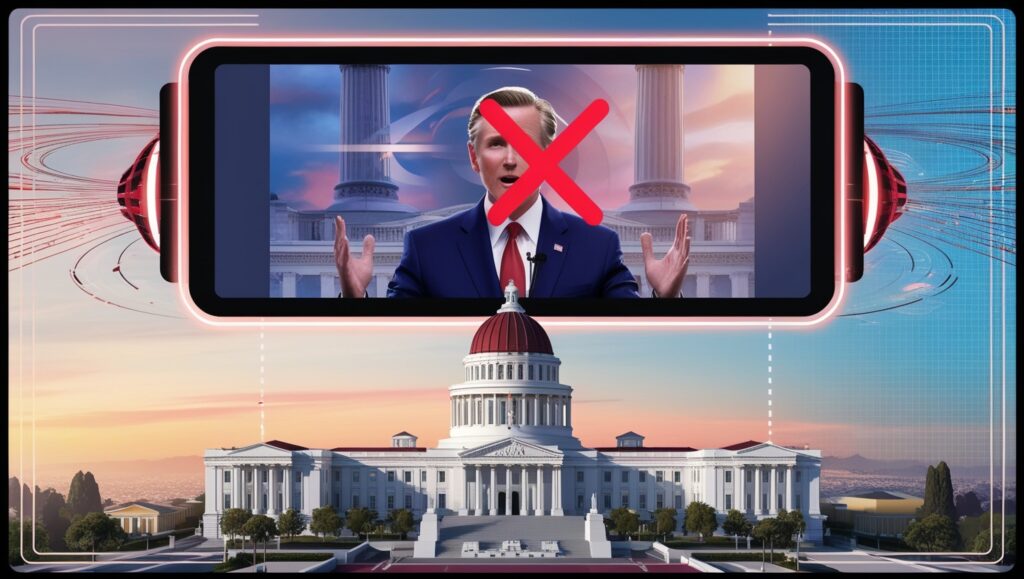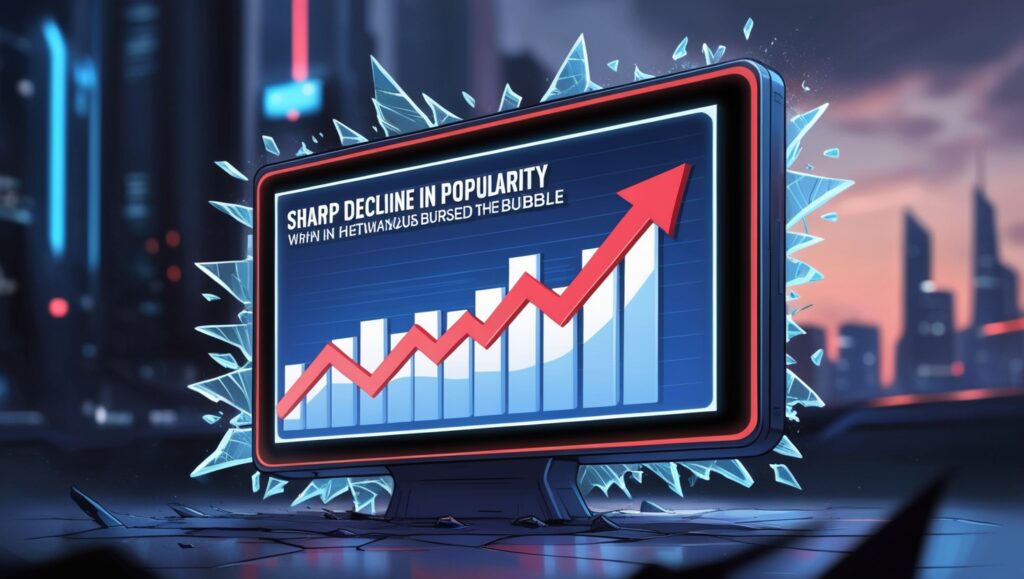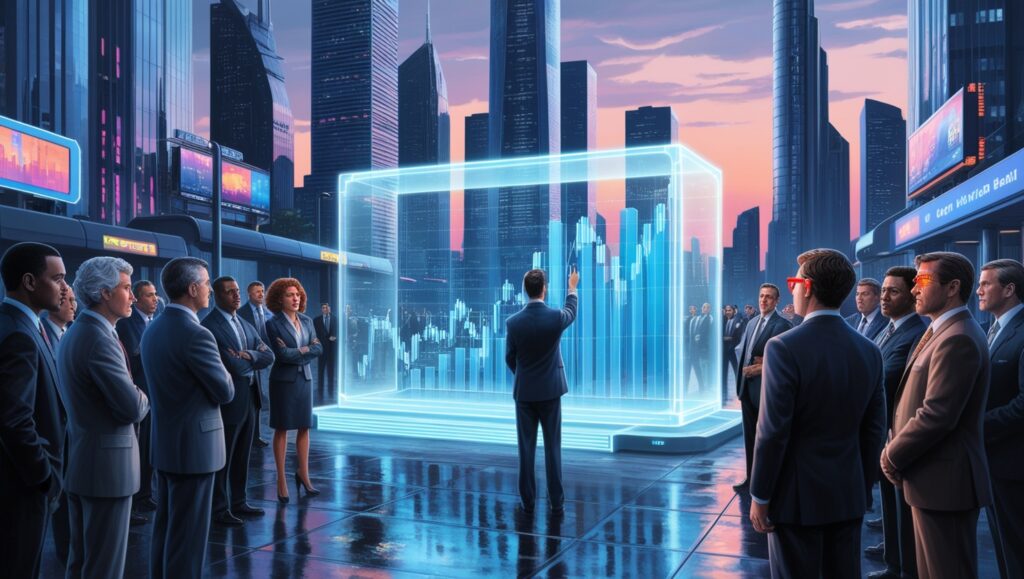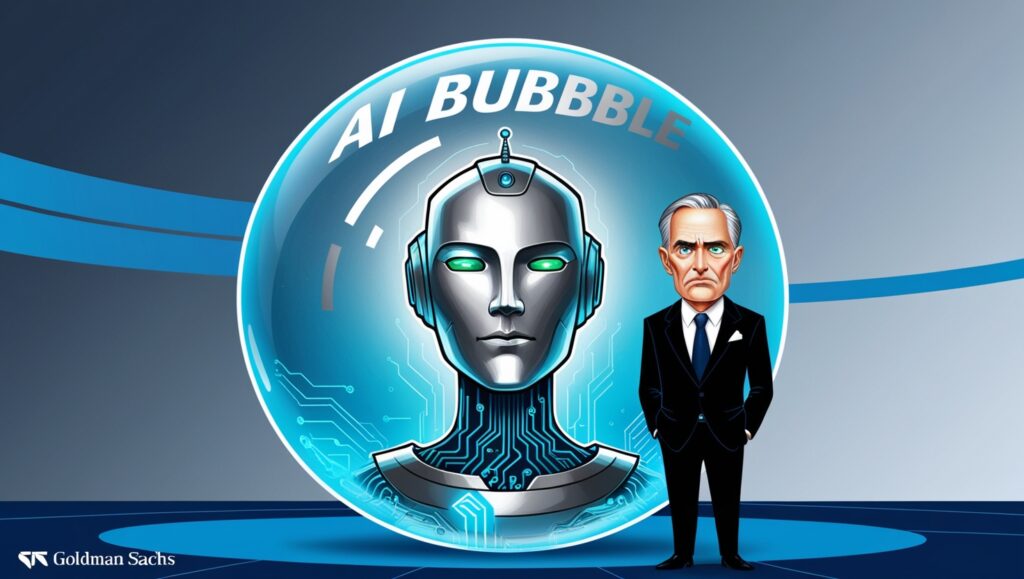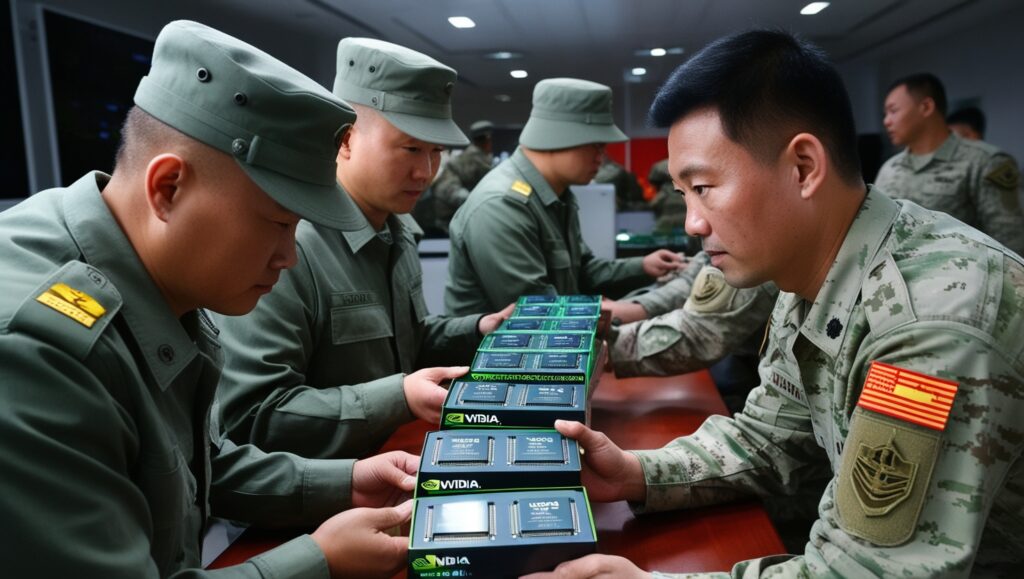The past year has seen a veritable wave of artificial intelligence hype drive up the valuations of both private and public tech companies.
Since this time last year, the shares of Nvidia (NVDA), the AI chipmaker that has been dubbed the “picks and shovels of the AI gold rush,” have more than tripled. Over the past year, Microsoft (MSFT) has seen a roughly $1 trillion increase in its market capitalization, largely due to investor optimism surrounding its AI explorations.
That only accounts for two of the top publicly traded AI companies.
AI businesses have also been raising money quickly; according to a report published on Tuesday, Mistral, a French startup, is in talks to raise $5 billion in funding. This occurs only a few months after the company’s December $415 million fundraising at a $2 billion value.
OpenAI, the startup that created ChatGPT and received funding from Microsoft, is valued at about $80 billion. The estimated value of Anthropic is $18 billion.
Data shows that $50 billion in venture financing went to AI businesses in 2023—a sizeable portion of the $285 billion spent in startups in the previous year.
Google intends to “over time” invest more than $100 billion in artificial intelligence. Additionally, David Solomon, the CEO of Goldman Sachs, stated during the company’s results call on Monday that the potential for AI investment provides a “level of scale that is candidly unprecedented.”
But the cracks are starting to show more clearly, even though prices keep going up. A venture capital firm called Sequoia just found out that AI companies spent a total of $50 billion on Nvidia chips in 2023. The only money they made was $3 billion.
A recent poll by PagerDuty found that most executives are worried about the security of AI and have put on hold internal AI projects until these worries can be addressed.
Gary Marcus, an AI researcher and cognitive scientist, says that the industry has a simple, core problem: models are unreliable because they have hallucinations, which is when an AI model confidently makes up false information. Because models are unreliable, they can’t be used for business purposes, which means that companies have to buy very expensive software that doesn’t seem to bring in much revenue.
Ari Newman, who helped start and runs the venture capital company Massive, also believes that “we’re in a bubble.” He said that the hard part is working out where we are in the bubble and how to find sources of value that might still be around after it pops.
Investors say the AI bubble is here.
Newman told, “We could very well be in the very beginning” of a bubble. He also said it could be “a bubble on top of a bubble.”
Because of what he knows about the cryptocurrency and dot-com bubbles, he thinks it will finally pop.
“Players in that ecosystem are buying from each other, which helps the bubble grow.” “There were exchanges, banks, chains, service providers, marketing firms, and more. The whole ecosystem was supporting itself,” he said. “We’re going to run into the exact same thing” via AI.
These companies that have amassed such high valuations will eventually have to find a way to make a profit, according to Newman.
He claimed that due to venture capital-fueled panic, access to this extremely costly technology is now extremely affordable. This bubble will eventually collapse because the ecosystem needs to become profitable and sustainable.
For Newman, it’s “terrifying” to think about how these corporations will try to make a profit after that.
He remarked that currently, the internet that we use to communicate has been made profitable by deceptive advertising. In order to keep consumers on platforms longer and allow them to watch more adverts, algorithmic feeds deliver results that are customized for each individual user.
As Newman put it, “imagine if the response from generative AI is manipulated to monetize what you see.” Nobody is considering (this) at the moment. Really, the game is finished.
Hallucinations, he acknowledged, could be a concern, but the concept of ad-supported generative AI is a much bigger one.
He stated that as a culture, we are already hanging by a thread about what truth is. What happens when computers present you with conflicting information?
Navigating the bubble
Although there are dangers associated with that environment, as well as present AI-generated ills like deepfake misuse, algorithmic bias, and widespread misinformation, Newman thinks we have only “scratched the surface” of the advantages. It is his hope that humanity will be able to endure and lessen the dangers and damages long enough to start reaping the rewards, including quick drug development.
His approach for investing in AI startups is based on the basic knowledge of whether a company is utilizing AI for upgrades or whether a company has deeply integrated AI into its services. He has his eye on that more promising horizon.
“If I turn the AI off,” he responded, “what does the product do?”
If a product is practically useless without the AI component, it may be worthwhile to investigate “AI native” businesses. According to Newman, the process of investigating potential viability isn’t all that difficult.
“Is this artificial intelligence native? Alright, is this unusual? Can you create a moat around that? Sure or no,” he uttered. Is it possible for someone else to achieve this if AI is involved? Is there anything that this new technology unlocks or changes fundamentally?”
According to Newman, an environment where investors are being sold on compelling pitches is the fundamental problem driving this bubble. However, businesses ultimately require a genuine, workable product that will bring in money.


